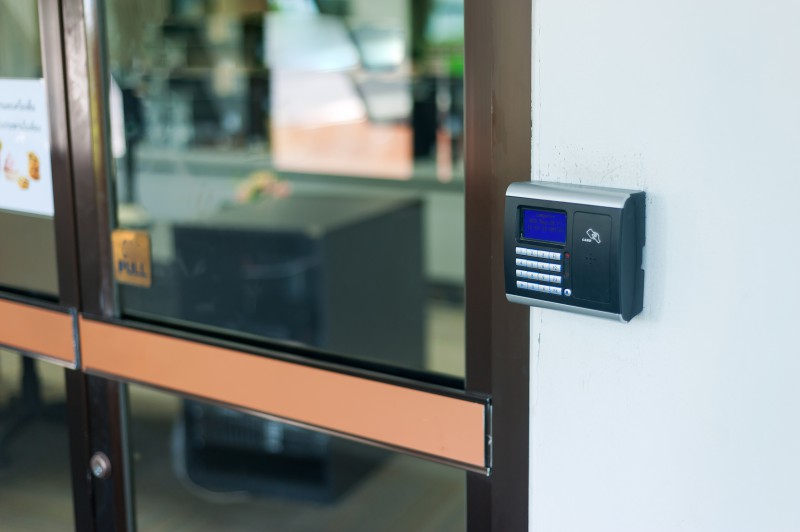Providing 24-hour building access to employees and customers is becoming an increasingly common feature for many businesses and organizations. Whether an office building, manufacturing plant, university campus, gym, or storage facility, having this option may be a matter of necessity, or convenience, but in either scenario it is critical that extra precautions are taken to ensure the safety of anyone that is accessing the property, especially after standard business hours.
The following six considerations are a great starting point when deciding how to approach setting up 24-hour access at any facility.
- Consider the Users – Each business and organization will have unique needs and expectations out of a security system that is used to give employees or customers 24-hour access to their building. There really is no one-size-fits-all system. Things like whether or not there will be staff on site, if it will be used by customers, the value of assets that people will have access to, and the number of people who will need after-hours access all need to be clearly outlined prior to selecting the most appropriate system components.
- Levels of Access – Not every person will need access to the entire building or campus for all 24 hours. Make sure to select a system that has the ability to change permissions for individual users. For example, if someone leaves a company, make sure that all access can be disabled prior to them leaving the building. If there are rooms that contain valuable assets that should not be accessed without certain staff members in the building, make sure that those doors are secured separately and require different permissions for access to be granted.
- Credential Verification Methods – There are many options when it comes to selecting the most appropriate method for verifying credentials and granting users access, the best choice will depend on the level of security vs. convenience needed. For example, it may be necessary for a manufacturing facility to install biometric fingerprint scanners to protect highly valuable assets, but a gym may want to consider a fob that can be attached to members’ key chains as a matter of convenience.
- Video Surveillance – Certainly for safety, but also for liability and theft reasons, it is imperative to have a quality video surveillance system in place. Without someone on the premises to spot anyone abusing their privileges or behaving in an inappropriate or unsafe manor, it is critical to have surveillance to ensure the safety and security of everyone accessing the building.
- Panic Buttons – Adding an extra element of security to protect anyone that may end up in an emergency situation, not only gives peace of mind, but could also prevent a tragedy. From installing a single panic button by the entrance that will notify the police to respond immediately if pressed, to leaving GPS trackers that can signal police of an emergency at the main entrance for users to borrow when in the building or walking to their vehicle, people need to know that they are safe at any time, day or night.
- Integration Capabilities – Having an access control system is the most effective tool for monitoring when people come and go, but in order to get the most out of the system, it must be able to integrate with the other systems and software that your business or organization currently uses.
With so much at stake, making sure that you have the best system set up for your business or organization can feel like an overwhelming task, so if you would like to learn more about potential applications for a 24-hour access control and security system in your organization, we would be happy to provide a one-on-one consultation to answer any questions and help you determine what might be the best system for you. Please reach out to our Security, Access, and Vigilance Systems Integrator for Maine, New Hampshire and Vermont, Dan Gelinas at 207-249-5505.



Leave A Comment